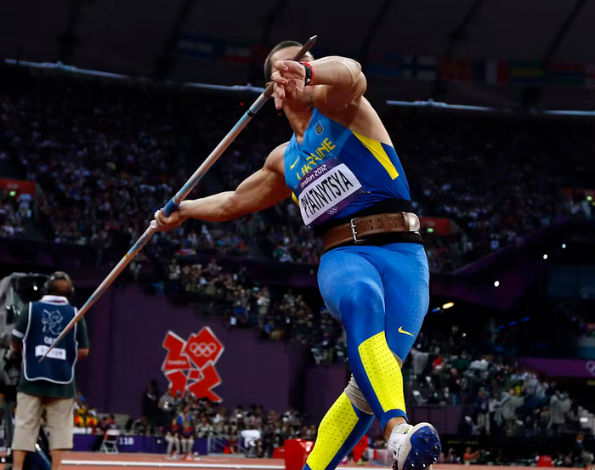Comprehensive surgical solutions to restore shoulder stability and function.
Overview: A Bankart repair is a surgical procedure performed to treat shoulder instability caused by a Bankart lesion, which occurs when the labrum (a ring of cartilage surrounding the shoulder socket) detaches due to recurrent dislocations. This procedure focuses on reattaching the labrum to restore stability.

Arthroscopic Approach: Small incisions are made, and a camera (arthroscope) is used to visualize the joint.
Reattachment: Suture anchors are inserted into the glenoid (socket), and sutures are used to reattach the labrum to the bone.
The repaired labrum reinforces the shoulder joint, preventing further dislocations.
Overview: Bankart remplissage is an advanced technique used when a Bankart lesion coexists with a Hill-Sachs lesion (a dent or defect in the humeral head). The procedure addresses both issues to prevent recurring dislocations.
Arthroscopic Surgery: Bankart repair reattaches the labrum to the glenoid, and the remplissage technique anchors the posterior capsule and infraspinatus tendon into the Hill-Sachs defect.
Overview: The Latarjet procedure transfers a section of the coracoid process to the shoulder socket to enhance stability, especially in complex cases of shoulder instability.
The coracoid process is detached and secured to the glenoid with screws, increasing the socket's surface area for improved stability.
Overview: The Iliac Crest Bone Graft (ICBG) involves harvesting bone from the iliac crest (pelvic bone) to reconstruct significant bone loss in the shoulder socket, typically for severe instability cases.
A bone graft is harvested from the pelvic region and shaped to fit the glenoid, then secured using screws.